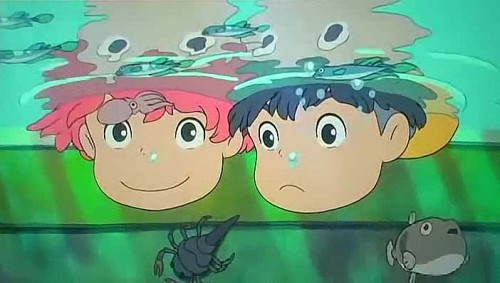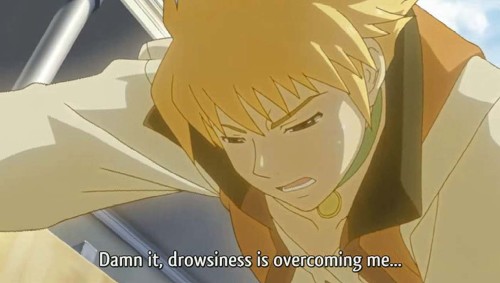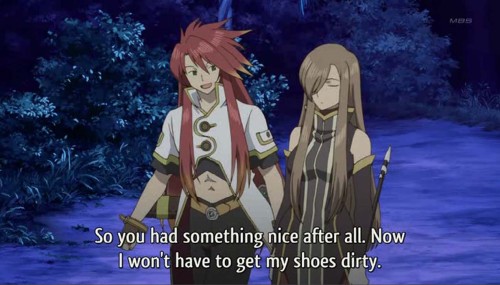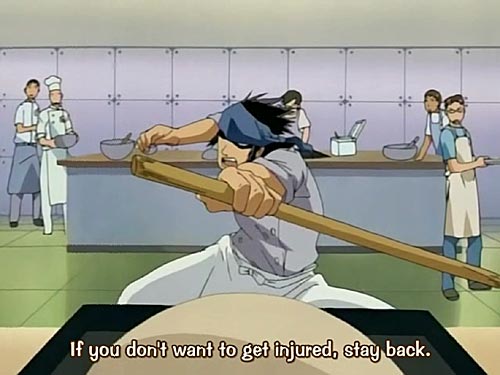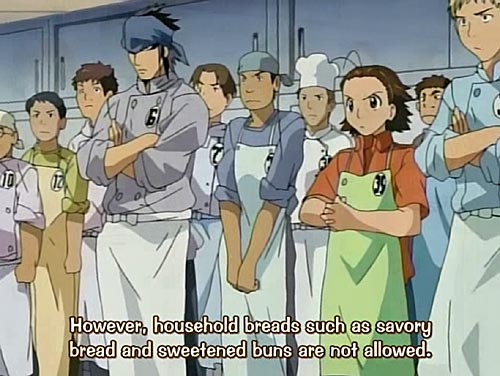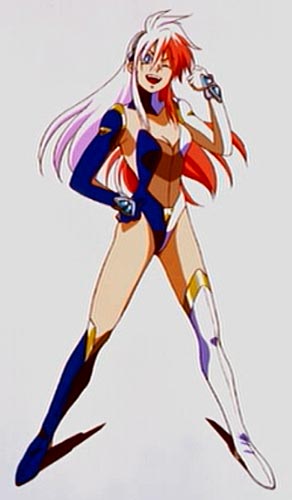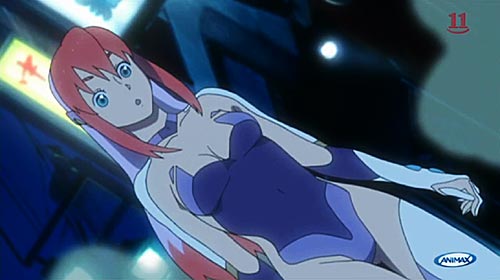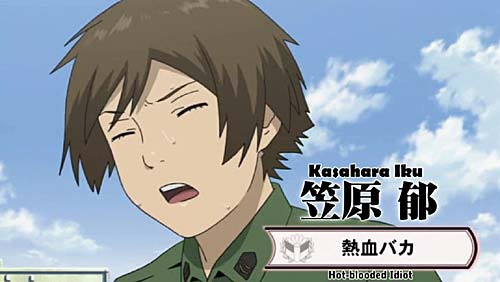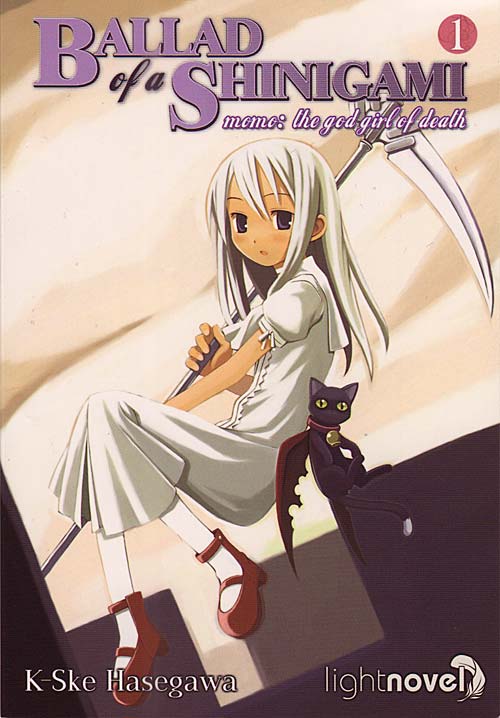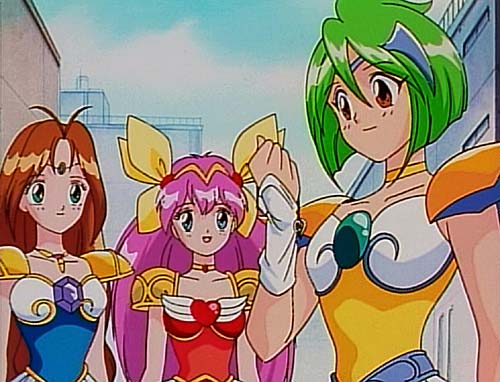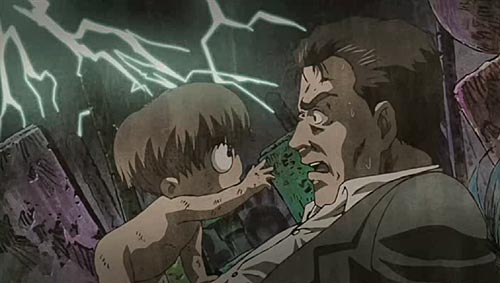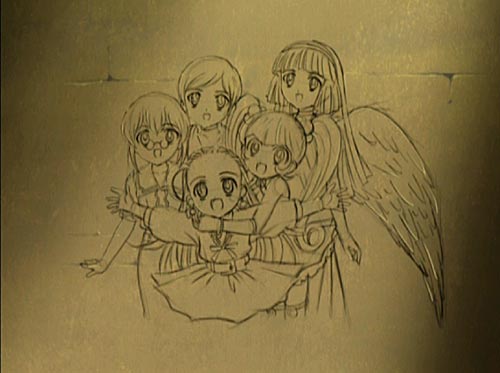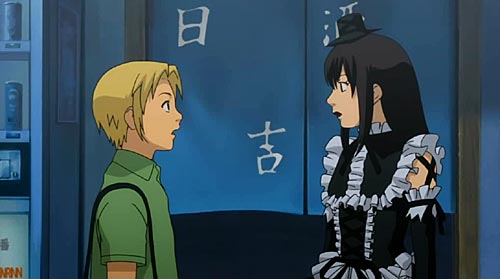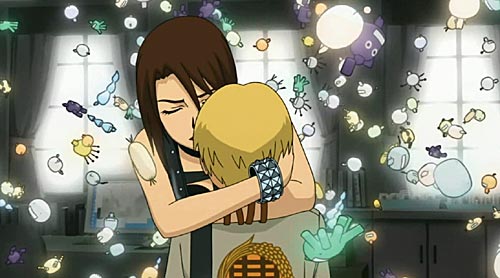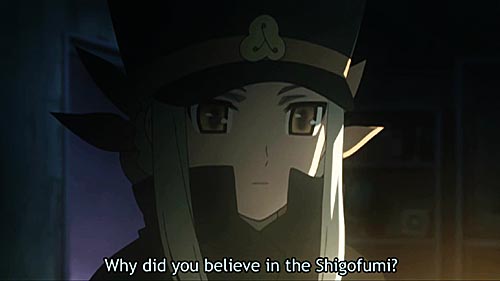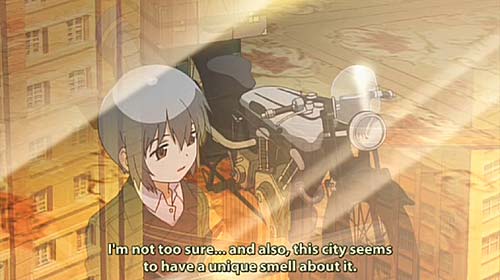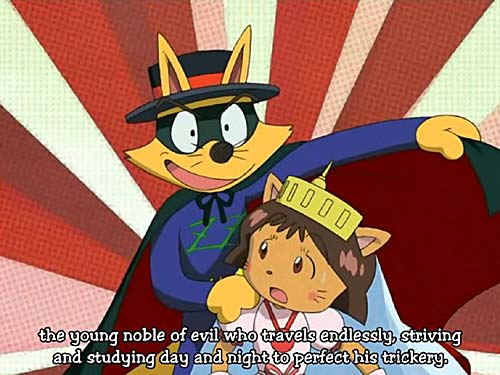Here’s the first batch of this season’s rejects.
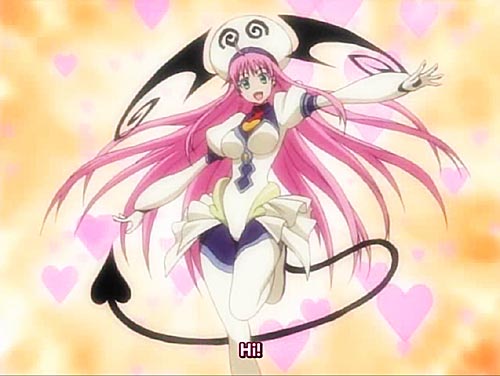
Lala, clothed
Against my better judgement, I watched the first episode of To Love-Ru. It starts off as an action-in-space thriller, but that’s deceptive. As the opening makes abundantly clear, the show is actually a fanservice vehicle with occasional laughs and perhaps a bit of a story. Lala has run away from her home planet to avoid an arranged marriage. She’s an inventor, albeit a ditzy one who doesn’t always remember how to turn off her contraptions. She’s pleasantly curvaceous, and she is not the least bit self-conscious about materializing naked in someone else’s bathtub. When she does get dressed, she wears her “costume robot,” undergoing a quasi-mahou shoujo transformation in the process.
The bathtub she arrives in was occupied at the time by the luckless Rito, who spends most of the episode blushing. By the end he has managed to accidentally propose to the alien Lala (she doesn’t have horns, but she does have a tail), who is enthusiastic about the prospect. Sound familiar? At least Rito isn’t a jerk like Ataru, but his dithering and overreactions make him just as annoying.
The premise of To Love-Ru does have some possibilites, but so did that of Rosario + Pantsu. Never mind.
By the way, why the skittishness about showing nipples? We see almost every inch of Lala, but there’s always something — strands of hair, Rito’s hands — hiding the nipples. (Wolf and Spice is downright weird: Horo’s breasts are smooth and featureless.) Urusei Yatsura and Ranma 1/2 were far less concerned with fanservice, and they weren’t coy about showing the entire breast.
*****
If you would like to earn the Kawaii Menace Award for Service to Humanity, devise a player for matroska on Macintosh that really works, or a utility to convert soft-subbed MKVs to hard-subbed AVIs. VLC will kinda play MKVs, but it handles soft subtitles poorly. The majority of the MKVs I’ve downloaded require more processing power than my aging mac and its video card are capable of. (I had hoped to do some upgrading this year, but medical and dental bills take priority in the budget. Bleah.) Sometimes these will play on my machine at the office, and I spent lunch yesterday watching the first episodes of a couple of new shows, Kurenai and Zettai Karen Children.
The opening of Kurenai is bright and cheerful, showing simplified versions of the characters dancing. The show itself, however, is a rather dark action drama so far. In the first episode high school student Shintaro accepts the job of guarding Murasaki, a very young ojou. Beyond that, I really can’t say what it’s about. There are a lot of characters introduced, including several women with Red Garden noses, and hints of complicated backstories. Spying is a frequent motif, with characters observing other characters from a distance or listening at the door.There might be an intricate story developing here, or it could just be poorly-thought-out drivel.
I have serious problems with the premise. Shintaro accepted the bodyguard job even though he knew that he would leave Murasaki alone in his room during the day while he’s at school. Uh-huh. His employer offered him the job knowing that this would be the case. Sure. Shintaro doesn’t think to ask why Murasaki needs a bodyguard. Perhaps all will be satisfactorily explained in later episodes, but I have better uses for my lunch hour
*****
Zettai Karen Children features Aya Hirano, and that’s its only salient feature. Her performance is noteworthy because there’s nothing noteworthy about it; it’s a competent portrayal of an annoying ten-year-old girl and nothing more. Her character, Kaoru, is one of three little girls with paranormal abilities, the “Absolutely Lovely Children.” This dirty trio (there’s likely to be considerable collateral damage when they’re involved) are deployed in the first episode to deal with a jerk who turns bystanders to stone while wreaking havoc. It may sound like a kid’s show, but it’s intended for an older audience: the jerk is stereotypically gay, and Kaoru is obsessed with breast sizes and the like — a peculiar trait in a prepubescent girl. It’s not a bad show; it’s just not very good, and not worth my lunch hour.
*****
The above are the weakest of the recent releases I’ve seen. Fortunately, there are better shows. While nothing yet has grabbed me the way the first episode of Denno Coil did a year ago, Allison and Lillia and Special A both started off well, and Chii’s Sweet Home has the virture of brevity. My favorite thus far is Soul Eater, not so much for the story as for the art and especially the animation. ((I just noticed that one of the characters listed is “Sid Barett.” Does somebody on the staff listen to early Pink Floyd?)) I’m also waiting impatiently for the fansubs of Library Wars and Kaiba.





